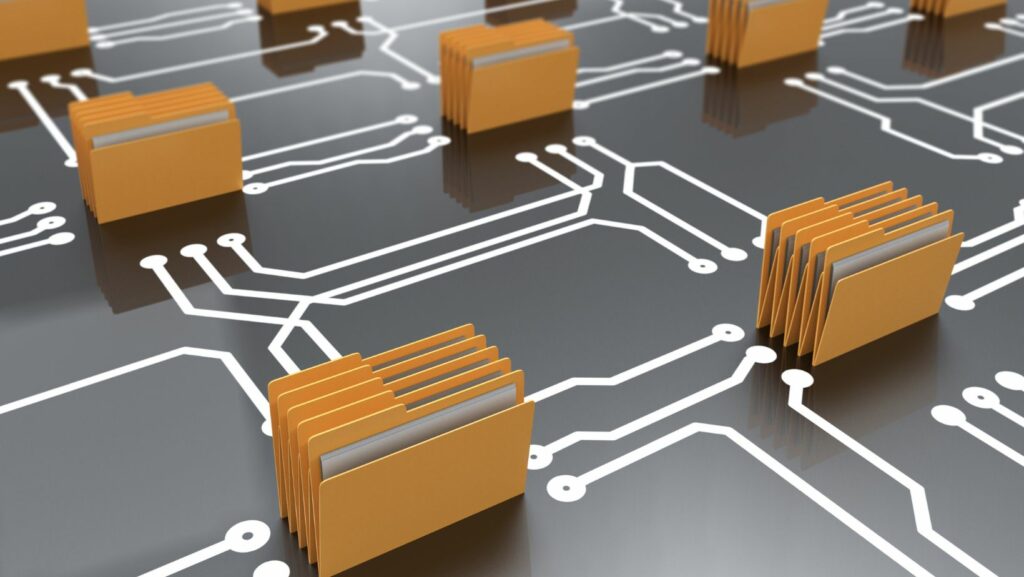
In today’s rapidly evolving digital landscape, the concept of digital transmission plays a crucial role in how information is shared and communicated across various platforms. From emails to streaming services, digital transmission is the backbone of our interconnected world. As an expert in the field, I’ve witnessed firsthand the transformative power of efficient digital transmission in enabling seamless connections and facilitating instant access to data.
Whether it’s the transfer of files or the streaming of high-definition content, understanding the nuances of digital transmission is essential for optimizing communication channels and ensuring smooth information flow. Throughout this article, I’ll delve into the intricacies of digital transmission, exploring its impact on modern communication networks and the technologies driving its evolution. Stay tuned as we unravel the complexities of digital transmission and its significance in today’s digital age.
Digital Transmission

Exploring digital transmission is essential in exploring today’s interconnected world. In my expertise, efficient digital transmission plays a pivotal role in sharing information seamlessly across various platforms. It’s fascinating to witness how digital transmission revolutionizes modern communication networks, allowing instant access to data. Let’s delve deeper into the intricacies of digital transmission to grasp its impact on technology and communication sectors.
Evolution of Digital Transmission Technology
Digital transmission technology has undergone remarkable evolution over the years, revolutionizing how data is transmitted across various networks. Digital transmission refers to the process of sending digital signals over communication channels, enabling efficient and reliable information exchange. In my experience, observing the advancements in digital transmission technology has been truly fascinating.
- Transition from Analog to Digital: I have witnessed the shift from traditional analog transmission to digital transmission, which has significantly enhanced data transmission capabilities. Digital transmission allows for clearer, more accurate data transfer, reducing signal interference and improving overall signal quality.
- Introduction of Fiber Optic Technology: The introduction of fiber optic technology has been a major milestone in the evolution of digital transmission. Fiber optic cables transmit data using pulses of light, offering high-speed and high-capacity data transmission. This innovation has transformed the way data is transmitted across long distances, providing faster and more reliable communication networks.

- Development of Encoding Techniques: Encoding techniques play a vital role in digital transmission, ensuring that data is accurately transmitted and received. Techniques like pulse code modulation (PCM) and differential pulse code modulation (DPCM) have improved the efficiency of digital data transmission, enabling high-quality audio and video communication.
- Advancements in Compression Algorithms: Compression algorithms have played a crucial role in optimizing digital transmission by reducing the size of data packets. Techniques such as JPEG for images and MP3 for audio have enabled efficient data compression without significant loss of quality. As a result, large amounts of data can be transmitted quickly over digital networks.
- Integration of Error Correction Methods: Error correction methods have become integral to digital transmission technology, ensuring data integrity and reliability. Techniques like forward error correction (FEC) and automatic repeat request (ARQ) enhance the accuracy of data transmission, minimizing errors and ensuring seamless communication.
Through these advancements and innovations, digital transmission technology continues to evolve, enabling faster, more reliable, and efficient data transfer across modern communication networks.
Key Components of Digital Transmission

Exploring the essence of digital transmission, I delve into its fundamental components that shape modern communication networks.
- Data Encoding: At the core of digital transmission lies data encoding. It’s the process where I transform raw data into a digital format for efficient transmission over various communication channels.
- Modulation Techniques: When discussing digital transmission, modulation techniques become paramount. They allow me to modulate the digital data onto carrier signals for transmission, ensuring accurate reception at the destination.
- Transmission Media: Selecting the right transmission media is crucial for successful digital transmission. Whether it’s through optical fibers, copper wires, or wireless channels, the choice impacts the speed and reliability of data transfer.
By comprehensively understanding these key components of digital transmission, I can navigate the intricate landscape of modern communication networks with precision and efficiency.











